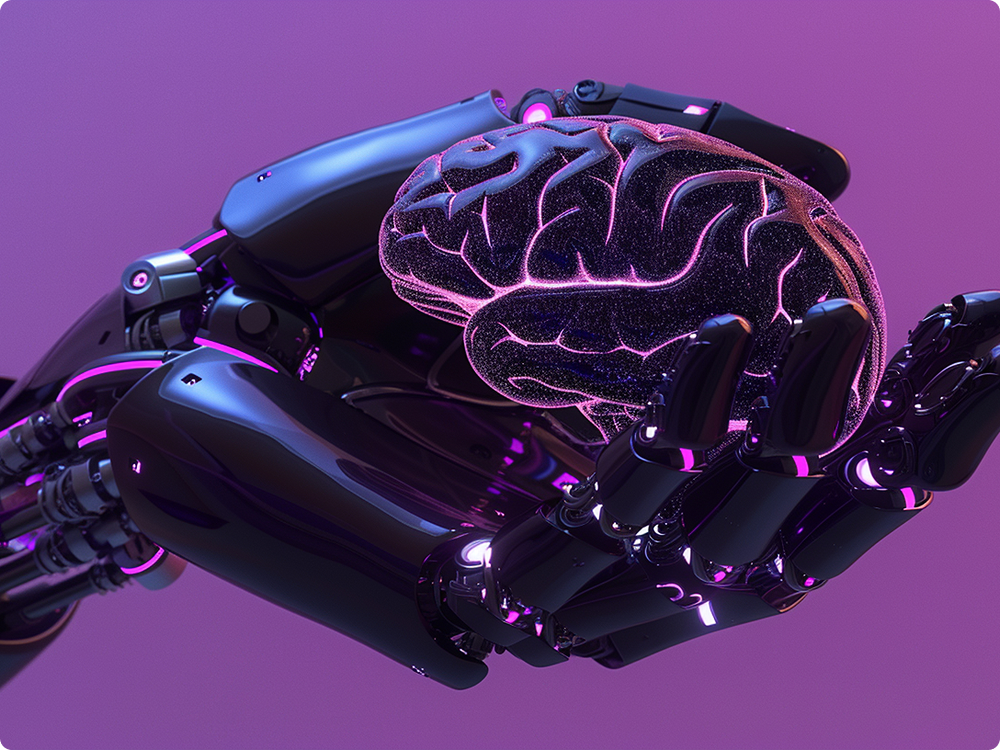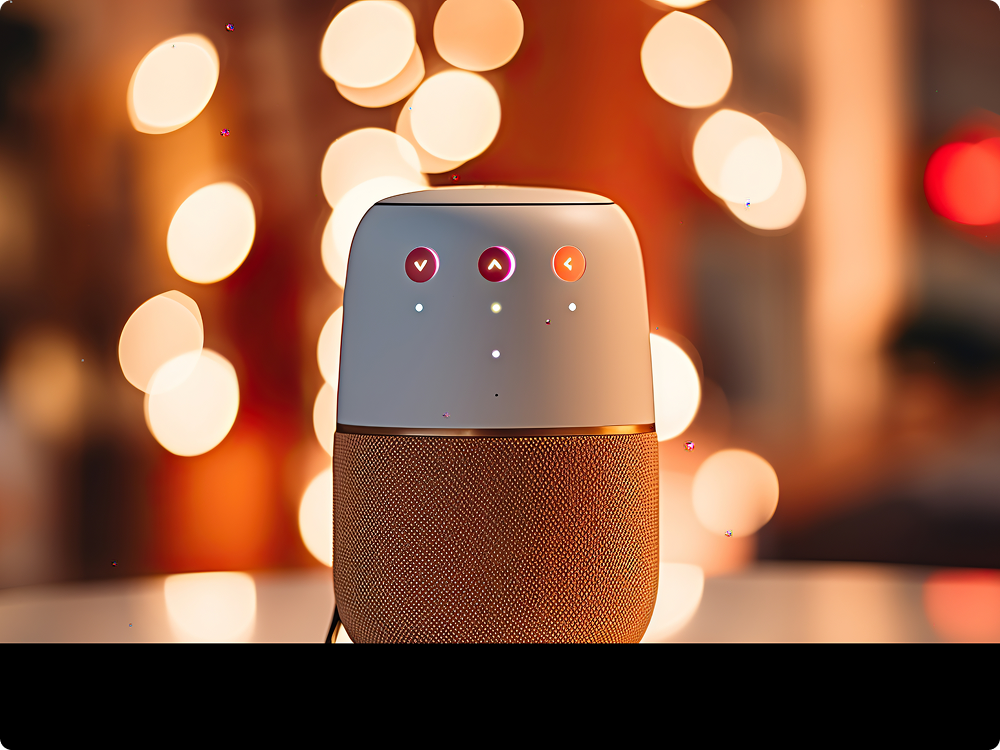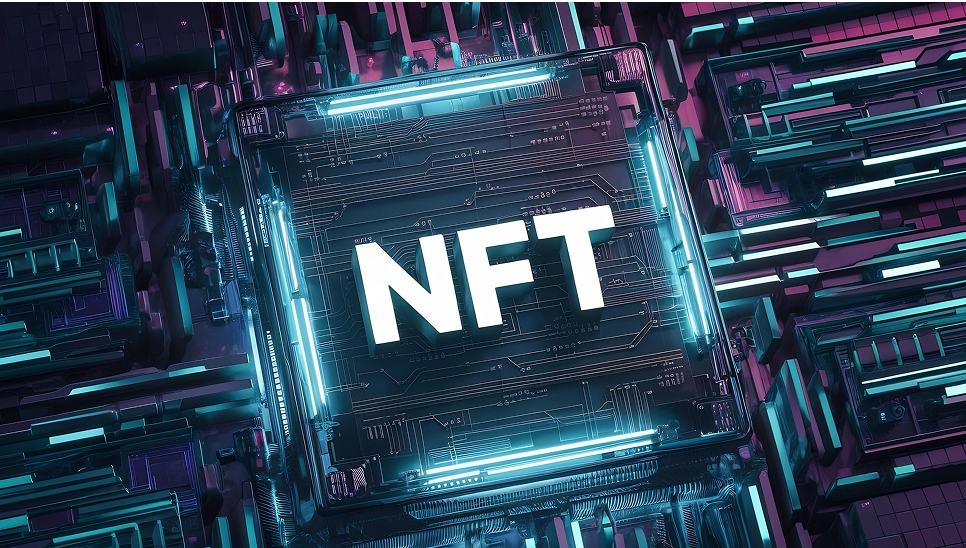Personalized Learning Paths
AI teaching assistants customize lessons to meet the needs of individual students, allowing them to study at their own speed and concentrate on their areas of greatest need.
24/7 Learning Support
Learning is flexible and convenient outside of regular classroom hours because students can access guidance at any time, along with resources, study advice, and immediate answers to questions.
Enhanced Learner Engagement & Retention
In both online and in-person courses, students are kept motivated by interactive lessons, prompt feedback, and customized resources, which enhance concentration and lower dropout rates.
Scalable Student Support Without Hiring More Staff
Because AI teaching assistants can manage a high volume of student inquiries at once, educational institutions can offer reliable support without hiring more staff.
Increased Efficiency for Educators
AI teaching assistants give teachers more time to devote to high-value, meaningful instruction by automating repetitive tasks like scheduling, grading, and answering frequently asked questions.
Real-Time Insights and Feedback
Teachers can make well-informed decisions and modify lessons for improved learning outcomes with the help of AI systems, which monitor progress, identify problems early, and offer actionable insights.
Accessibility and Inclusion
AI teaching assistants can provide text-to-speech, voice interaction, and customizable learning formats, enabling students with a range of needs and skill levels to engage fully in the learning process.
Support for Language Translation and Localization
Language barriers can be overcome with the aid of built-in translation tools, which enable multilingual classrooms to access lessons and provide localized educational materials to international students.
Scalability in Educational Content Creation and Delivery
AI can generate, update, and distribute educational materials quickly, ensuring courses remain relevant, engaging, and accessible to growing numbers of students worldwide.


























